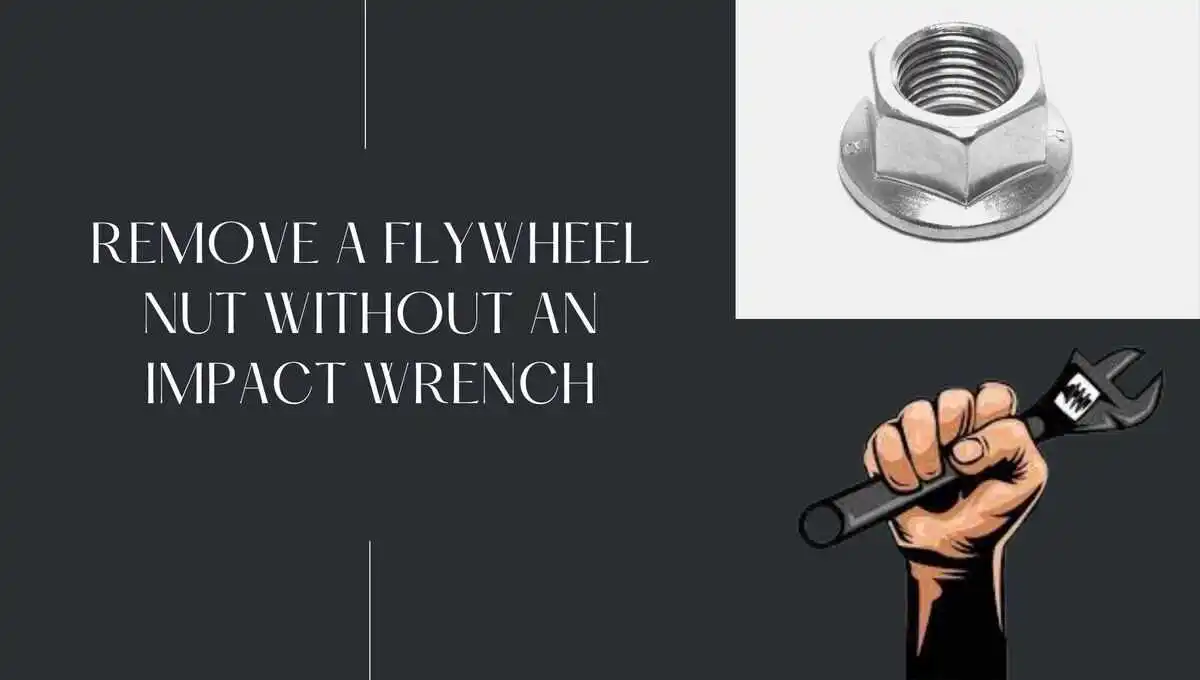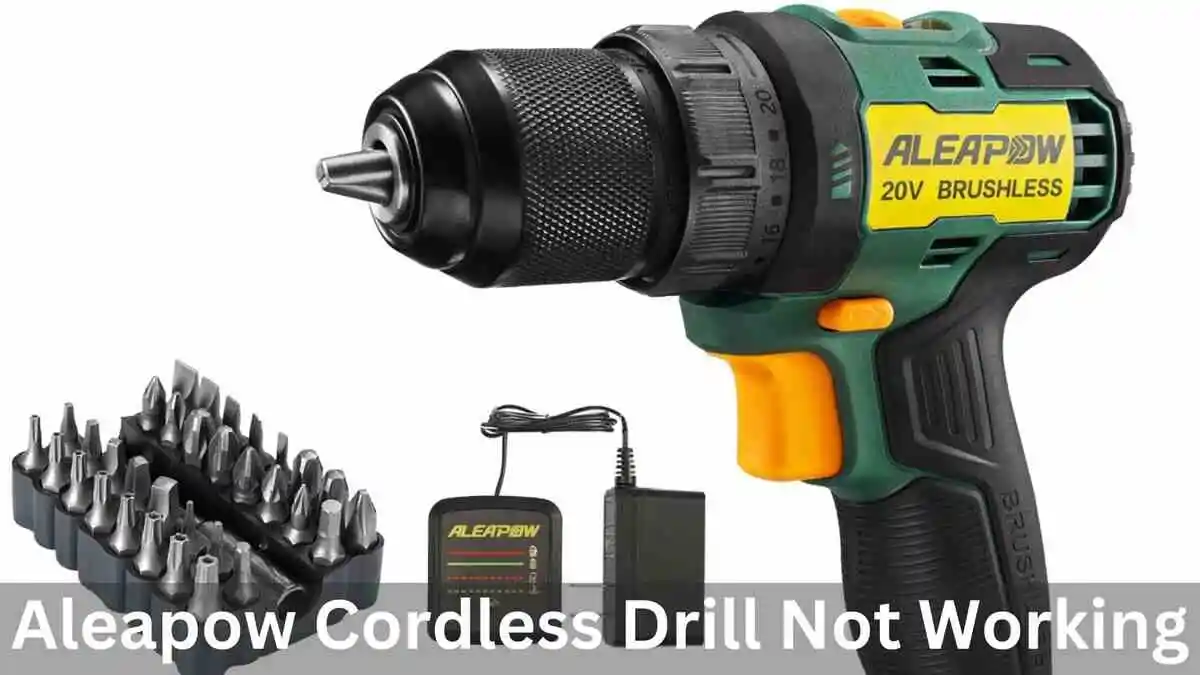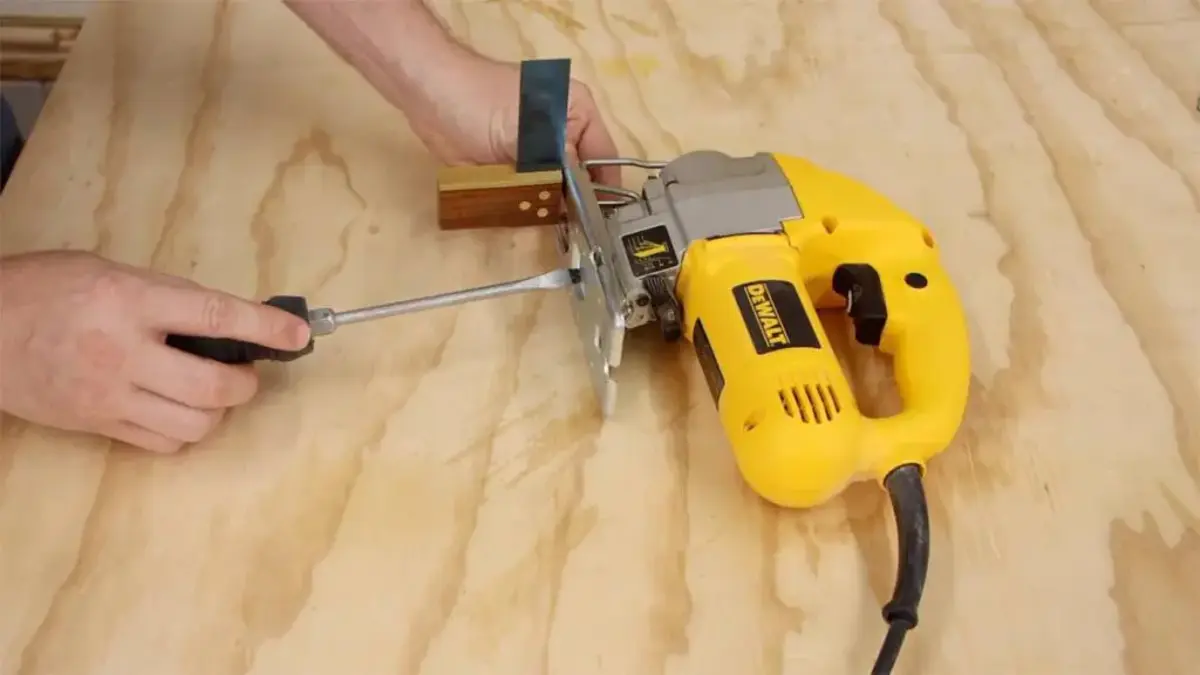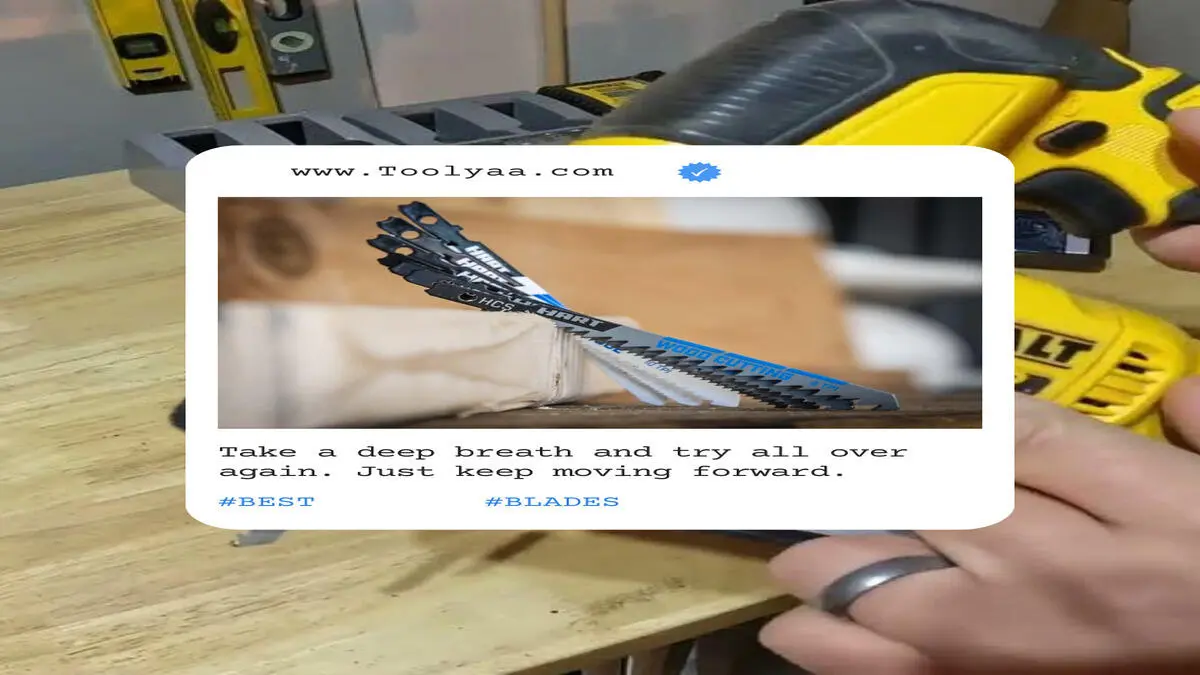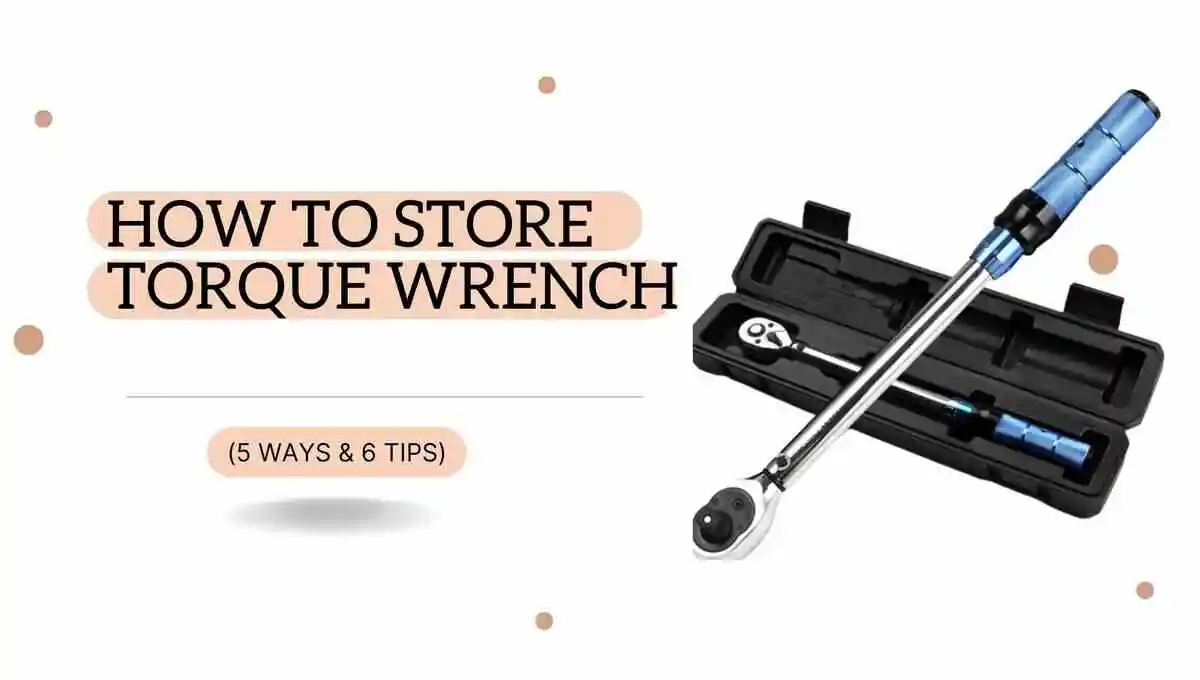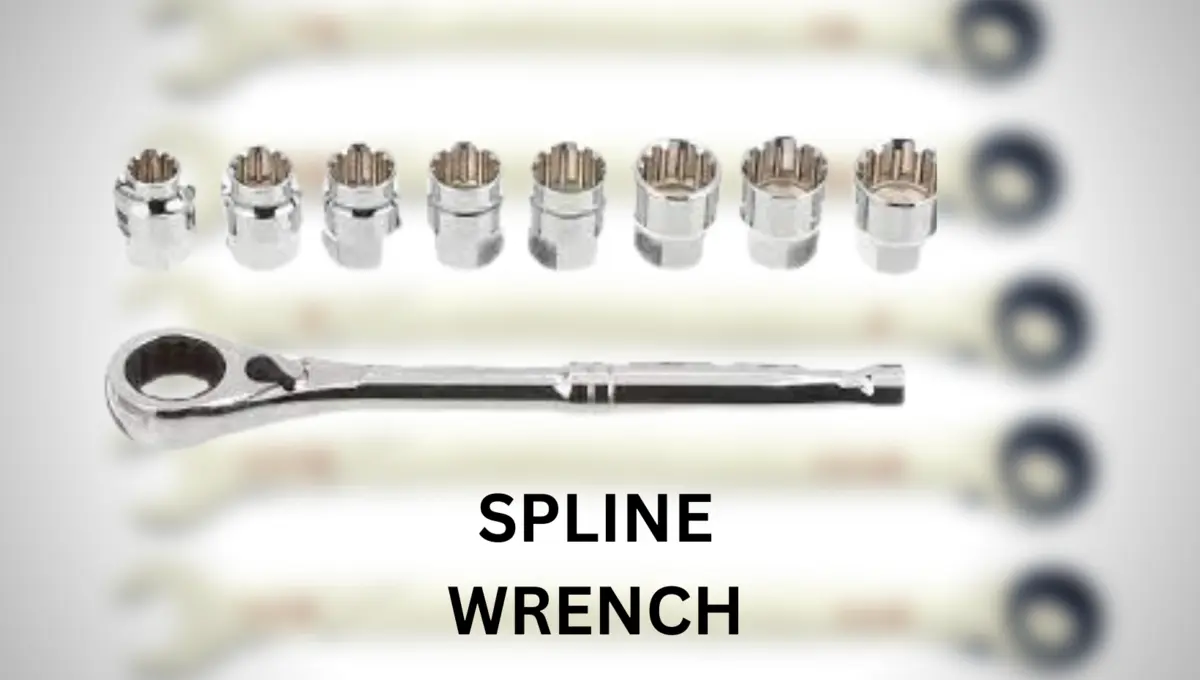When it comes to working on engines or automotive repairs, having the right tools can make a world of difference. However, not everyone has access to an impact wrench, which is commonly used to remove stubborn flywheel nuts.
In this article, we will explore alternative methods that allow you to How to Remove a Flywheel Nut Without an Impact Wrench. So, if you find yourself in a situation where you need to remove a flywheel nut but lack the necessary tool, read on to discover some effective techniques.
How to Remove a Flywheel Nut Without an Impact Wrench (9 Ways):
Understanding the Flywheel Nut:
Before we delve into the methods, it’s important to understand the flywheel nut and its purpose in an engine. The flywheel nut is a large, typically hexagonal nut that secures the flywheel to the engine’s crankshaft.
It plays a crucial role in maintaining the rotational motion of the engine and is tightened to a high torque specification.
Using a Breaker Bar and Socket:
One effective method to remove a flywheel nut without an impact wrench is by using a breaker bar and socket. A breaker bar is a long-handled tool that provides increased leverage, allowing you to generate more torque. To begin, you’ll need a socket that matches the size of the flywheel nut.
Attach the socket to the breaker bar, place it over the nut, and position the breaker bar in a way that allows you to exert force in the opposite direction of the nut’s tightening. Apply steady, controlled pressure on the breaker bar, and the nut should start to loosen.
Applying Heat:
Another technique that can aid in loosening a stubborn flywheel nut is by applying heat. Heat causes metal to expand, potentially breaking the grip between the nut and the crankshaft. Start by using a heat source, such as a propane torch or heat gun, to heat the area surrounding the flywheel nut.
Be cautious not to overheat the nut or surrounding components, as excessive heat can cause damage. Once the area is adequately heated, use a breaker bar and socket to attempt removal while the nut is still warm. The expansion and contraction caused by the heat may help loosen the nut.
Utilizing Penetrating Oil:
Penetrating oil is a popular choice for loosening rusted or seized fasteners, including flywheel nuts. Spray a generous amount of penetrating oil, such as WD-40 or PB Blaster, onto the flywheel nut and let it soak for a few minutes.
The oil works its way into the threads, breaking down rust and corrosion and making it easier to turn the nut. After allowing the oil to penetrate, use a breaker bar and socket to try removing the nut. If it still doesn’t budge, repeat the process a few times, giving the oil more time to work its magic.
Using a Hammer and Chisel:
In certain cases, a flywheel nut might be incredibly stubborn, requiring more force to loosen. In such situations, you can try using a hammer and chisel. Position the chisel on one of the nut’s edges, ensuring it has a slight angle. Strike the chisel forcefully with a hammer, aiming to rotate the nut counterclockwise.
The impact of the hammer combined with the angled chisel can create enough force to break the nut loose. It’s important to exercise caution and avoid hitting any other components while using this method.
Tapping the Nut with a Rubber Mallet:
If the previous methods haven’t yielded results, using a rubber mallet to tap the flywheel nut may provide the necessary shock to loosen it. Position the rubber mallet against the nut and deliver firm, controlled taps to the nut’s surface.
The repetitive tapping helps to break the bond between the nut and the crankshaft. It’s crucial to strike the nut directly and evenly to avoid damaging the surrounding components. Gradually increase the force of the taps if needed, but be cautious not to overdo it.
Using a Nut Splitter:
If all else fails and the flywheel nut remains stubbornly stuck, a nut splitter can be your last resort. A nut splitter is a specialized tool designed to split and remove nuts that are difficult to loosen. Start by selecting a nut splitter that matches the size of the flywheel nut.
Position the nut splitter over the nut, ensuring that the cutting edge is centered. Gradually tighten the nut splitter’s screw until it makes contact with the nut. Continue tightening until the nut splits and loosens its grip on the crankshaft. Carefully remove the split nut remnants and clean the area before installing a new nut.
Seeking Professional Assistance:
If you have attempted multiple methods and still can’t remove the flywheel nut, it may be time to seek professional assistance. Mechanics and automotive technicians have the expertise, experience, and specialized tools required to tackle challenging situations like this.
They can employ advanced techniques and ensure that the flywheel nut is safely removed without causing further damage to the engine or surrounding components.
Preventive Measures and Safety Tips:
Prevention is always better than dealing with a stubborn flywheel nut. To avoid encountering difficulties in the future, consider implementing some preventive measures. Regular maintenance, including cleaning and lubricating the flywheel nut, can help prevent corrosion and rust buildup.
Additionally, adhering to proper torque specifications during installation can make future removal easier.
When attempting to remove a flywheel nut, it’s crucial to prioritize safety. Always wear appropriate safety gear, including gloves and eye protection, to protect yourself from any potential hazards.
Use caution when working around rotating components, and ensure the engine is off and disconnected from any power source before starting the removal process.
Conclusion:
Removing a flywheel nut without an impact wrench may seem like a daunting task, but with the right techniques and tools, it can be accomplished successfully. Whether you opt for a breaker bar, heat application, penetrating oil, hammer and chisel, rubber mallet, nut splitter, or seek professional help, each method has its own advantages and considerations.
Remember to exercise caution, follow safety guidelines, and if necessary, consult a professional if you encounter any challenges. With persistence and the right approach, you can effectively remove a flywheel nut and continue with your engine repair or maintenance tasks.
